Statistics clearly show that former members of the military, most notably U.S. Navy veterans, are among those most affected by asbestos exposure. The rate of asbestos-related diseases among veterans is quite high. Most experts estimate that about 30 percent of all cases of mesothelioma - asbestos-related cancer - are diagnosed in veterans, especially those who served during peak asbestos use, which encompassed the 1940s to the 1970s. More than half of those 30 percent who have developed mesothelioma are Navy veterans.
During World War II, especially, it was necessary for ships to be produced quickly, efficiently, and at as low a cost as possible. Asbestos helped achieve all three of those goals. Because there was plenty of heat-producing equipment aboard the ships and because the potential for fires was high, especially during battle, asbestos was the perfect solution for those things that needed insulating. That means asbestos could be found in boiler and engine rooms, wrapped around pipes, lining brakes and gaskets, and even in the walls, floors, and ceilings of rooms were the sailors regularly gathered, like the galley and the sleeping quarters. Asbestos was literally everywhere.
Veterans and civilian employees may have encountered asbestos while doing a number of jobs aboard the ships, including welding, pipefitting, plumbing, electrical work, insulating, and much more. Furthermore, those who were involved with the repair of ships when they returned from battle were constantly exposed to damaged asbestos, which releases tiny asbestos particles that can be inhaled and later cause scarring and even cancerous tumors. Almost no one who worked at U.S. shipyards was exempt from asbestos exposure.
Mesothelioma is a disease that remains latent in the body for up to 50 years, surfacing only when it's too late to treat successfully. Though many advances in meso treatment have been made in the last several years, including new surgical techniques, better chemotherapy drugs and targeted radiation, this form of cancer still remains one of the most difficult to treat, bringing with it a prognosis that is less than favorable.















